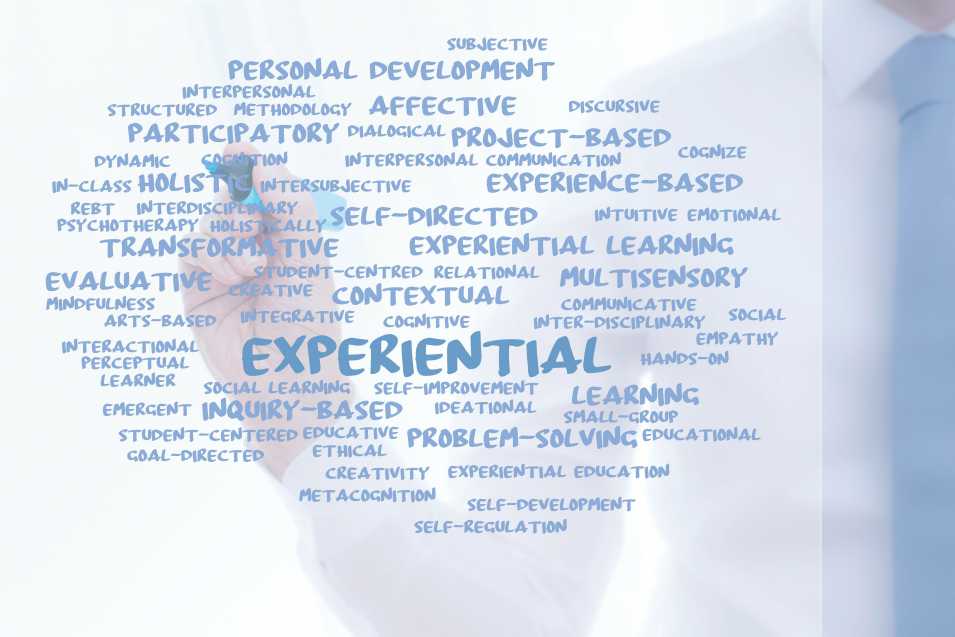Experiential Therapy Training; Those who are interested in experiential therapy training can find a number of options for study. Some of these options include art therapy, equine-assisted therapy, labyrinths, and accelerated experiential dynamic psychotherapy.
Art therapy
Taking Art therapy experiential therapy training offers students a broad understanding of the field. It also provides students with a foundation in the theory and practices of art therapy.
Students will learn the skills they need to offer high-quality care in a safe environment. It includes clinical placements and supervision to develop workplace competencies. Completing this training program will qualify students to apply for professional membership in the Canadian Art Therapy Association.
Students will learn the skills needed to help clients identify their personal goals. They will also be introduced to innovative teaching strategies and techniques. They will also work on assignments, readings, and the art therapy process. Art therapists will be on-site to oversee their projects and ensure they run smoothly, and they’ll have access to resources that make it possible to operate in a range of settings.
Experiential Therapy Training – Labyrinths
Using labyrinths as part of experiential therapy training helps clients develop awareness, insight, and new behaviors. It is a tool that allows clients to reclaim disowned aspects of themselves.
Labyrinths are an ideal training tool because they are an experiential experience that can be used on four levels at once. They help clients connect different aspects of their experience, from physical to spiritual, and integrate their journey’s physical, mental and emotional dimensions.
Labyrinths also have an unusual effect in that they activate the centripetal energy that assists a walker in separating irrelevant aspects of their experience from their core self. It also crystallizes an emergent consciousness or an idea or solution.
Labyrinths are also used in a number of different ways, from enhancing the significance of a ritual to integrating the mind, body and spirit. The practice can be adapted to incorporate various spiritual belief systems and can be used with a variety of clients.
Equine-assisted therapy
Whether you are dealing with a personal issue or simply wanting to improve your communication skills, equine-assisted experiential therapy training can help. You’ll be able to develop problem-solving skills, build healthier relationships, and enhance your self-confidence.
The therapy is facilitated by a licensed mental health professional and takes place in a private, safe environment. It can be helpful in treating a variety of conditions, including depression, PTSD, anxiety, and coordination issues.
There are several different forms of equine-assisted experiential learning. It is ideal for adults and children and can be especially helpful for those who don’t need psychotherapy.
It has been demonstrated to be more successful than the usual talk therapy that is typically used.
Recreational therapy
Often referred to as therapeutic recreation, recreational therapy is an important part of experiential therapy training. It helps people to develop cognitive and emotional skills, as well as physical abilities, through activities such as sports and games.

Therapeutic recreation programs are designed to enhance the mental and physical well-being of individuals, families, and groups. Recreational therapists work with people of all ages and backgrounds, including adolescents, adults, and older adults. They can work with children with disabilities, mental health disorders, developmental disabilities, intellectual disabilities, and substance use disorders.
Recreational therapists often use creative activities to help clients release negative emotions and experiences. They also work to improve physical and cognitive functions, and encourage social connections.
Recreational therapists also plan activities for patients, such as games and exercise. They are trained to communicate with patients and develop customized treatment plans to address their needs. Depending on the needs of the patient, a recreational therapist may operate independently or in conjunction with other professionals.
Accelerated Experiential Dynamic Psychotherapy
AEDP is an innovative form of psychotherapy that is rooted in affective neuroscience and body-based approaches. It aims to help people recover from traumatic experiences. In addition, it also encourages people to cope with emotional and mental health issues.
AEDP is a psychotherapy model based on the notion that humans are wired to heal. This idea is enhanced by a belief in the power of being seen. By working through a series of interventions, therapists help clients overcome the defences that keep them from healing. The goal is to bring about a transformation in the client’s behavior. Anxiety, sadness, and eating disorders are only some of the ailments that have responded well to AEDP.
A key component of AEDP is the creation of a safe space for the client to explore painful emotions. The objective is to identify the most effective means of overcoming the obstacles that hinder individuals from expressing their emotions.
Related Article: Affordable Therapy NYC
